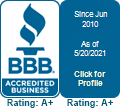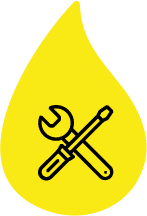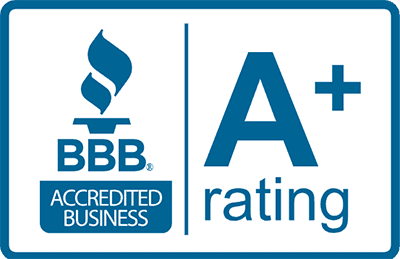Chicagoland Sump Pump installation: What You Should Know
Sump pump installations are one of the more common home plumbing procedures that can occur. They are an essential part of any home’s flood-control system, and without them, basements across the country would be flooded whenever big storms hit.
But just because they’re small doesn’t mean they’re simple. It may seem like it would be easy to install a sump pump, but the actual process that goes into the installation is much more complicated than it would appear at first glance.
Like any good installation, installing a sump pump requires careful attention to detail—if something isn’t set right, or a step gets ignored or half-done, that decreases the pump’s effectiveness and decreases its overall lifespan.
So don’t get someone who’s just going to put your pump in a hole, shove some dirt over it, and call it a day. Get Parks’ Plumbing & Sewer, the Chicago licensed plumbers you can trust to the job done and done right.
Sump Pump Installation Steps
Sump Pump Installation Checklist
This is an abridged list of the steps a plumber will follow in order to install your new sump pump. Installation procedures can vary between locations and companies, but this should give you a rough idea of what to expect.
Check with Parks’ Plumbing & Sewer, some of the best Chicago plumbers around, to get a more in-depth view of what their installation procedures may be.
- Find a Location
- Dig a Hole for the Sump
- Add More Gravel
- Attach the Adapters
- Install a Check Valve
- Channel Water Away From the House
- Run PVC Through the Wall
- Apply Sealant to the Hole
- Spread Out the Water Flow
- Cover the Sump













